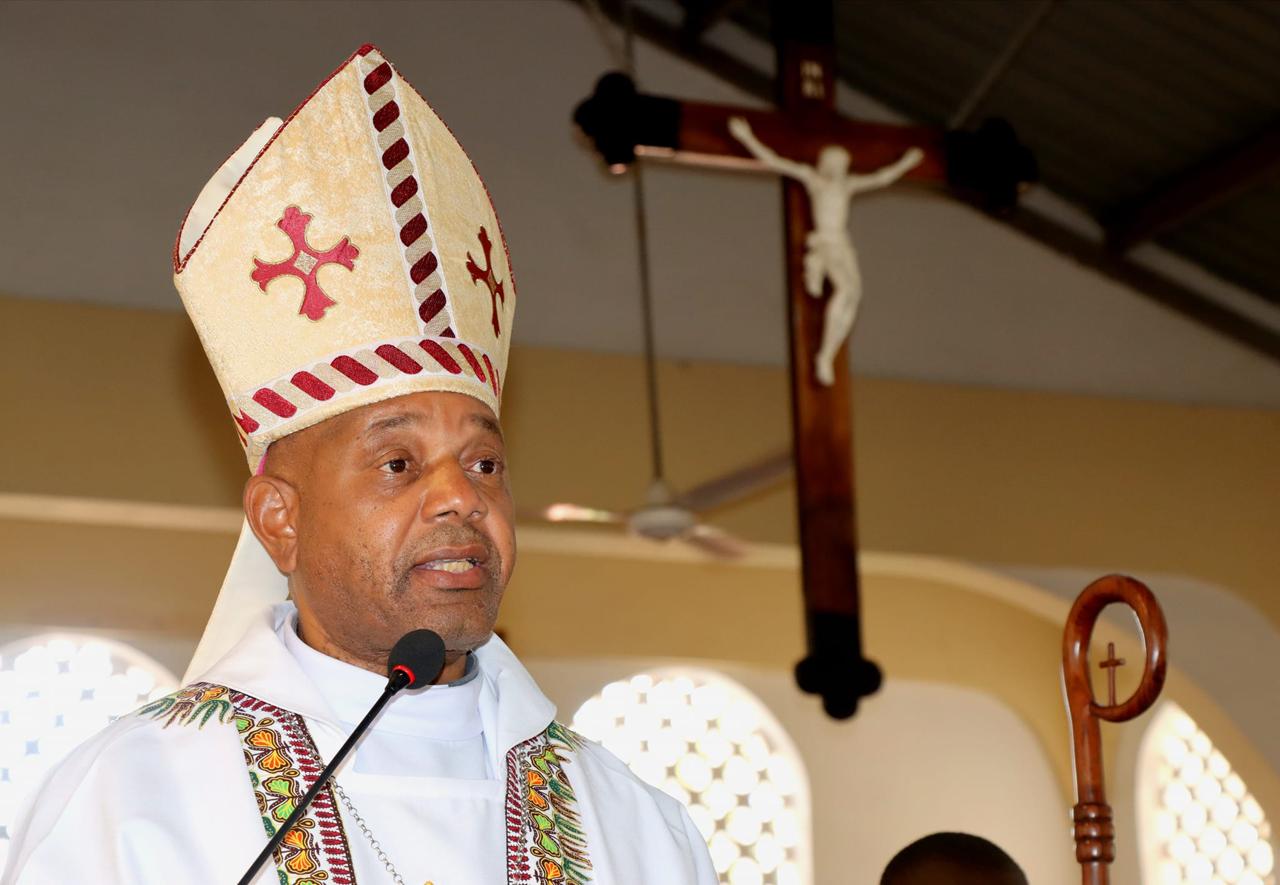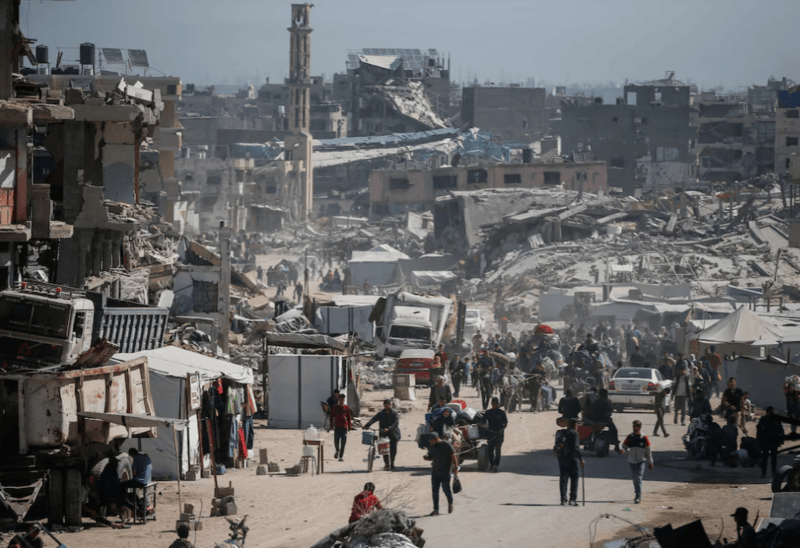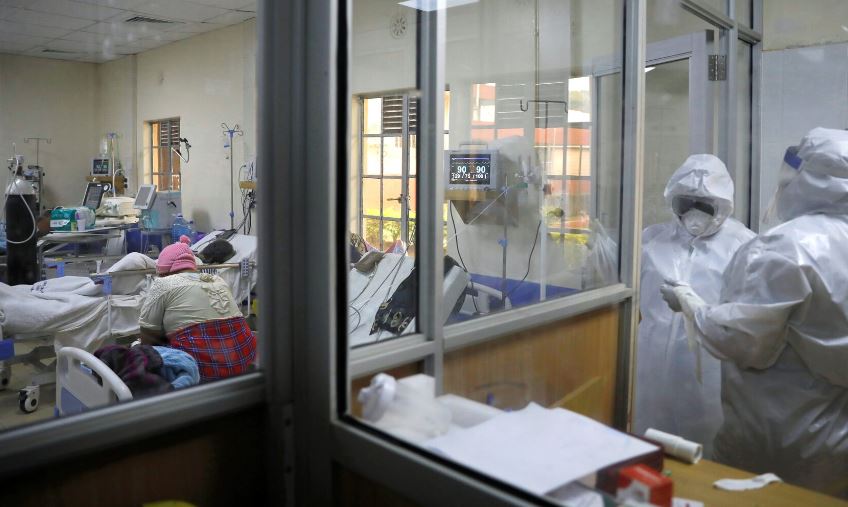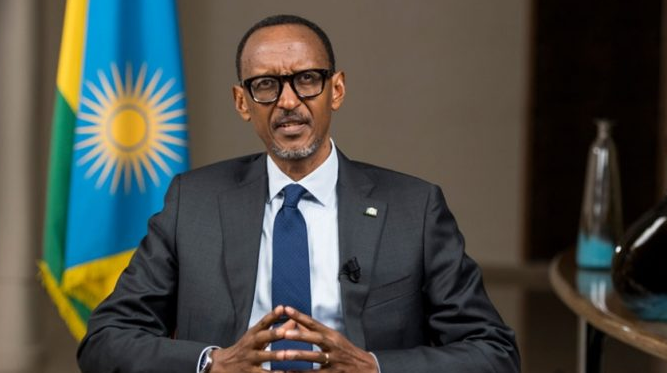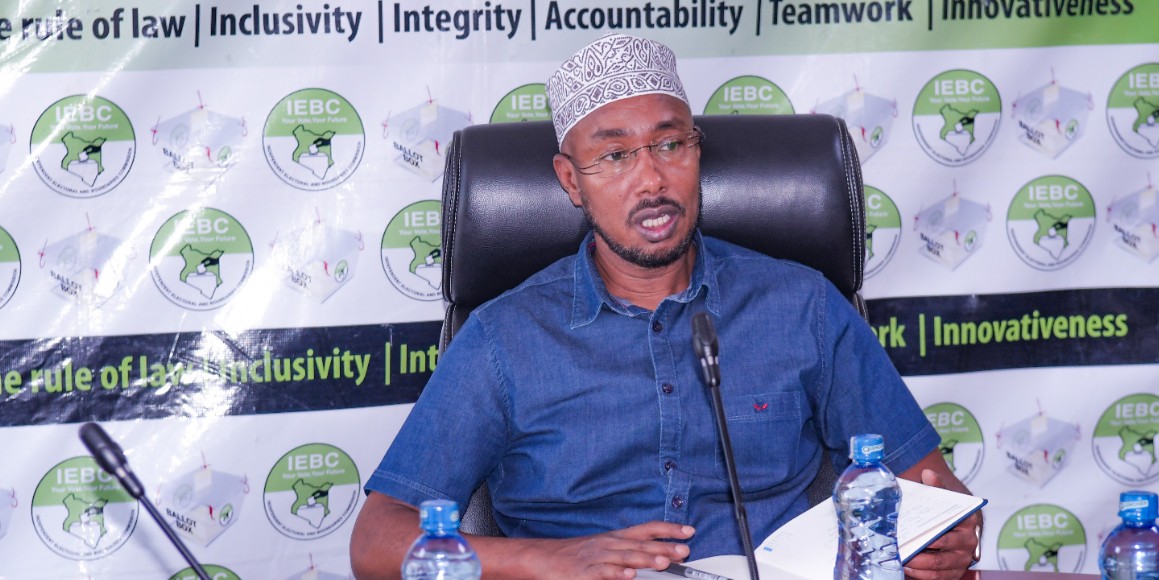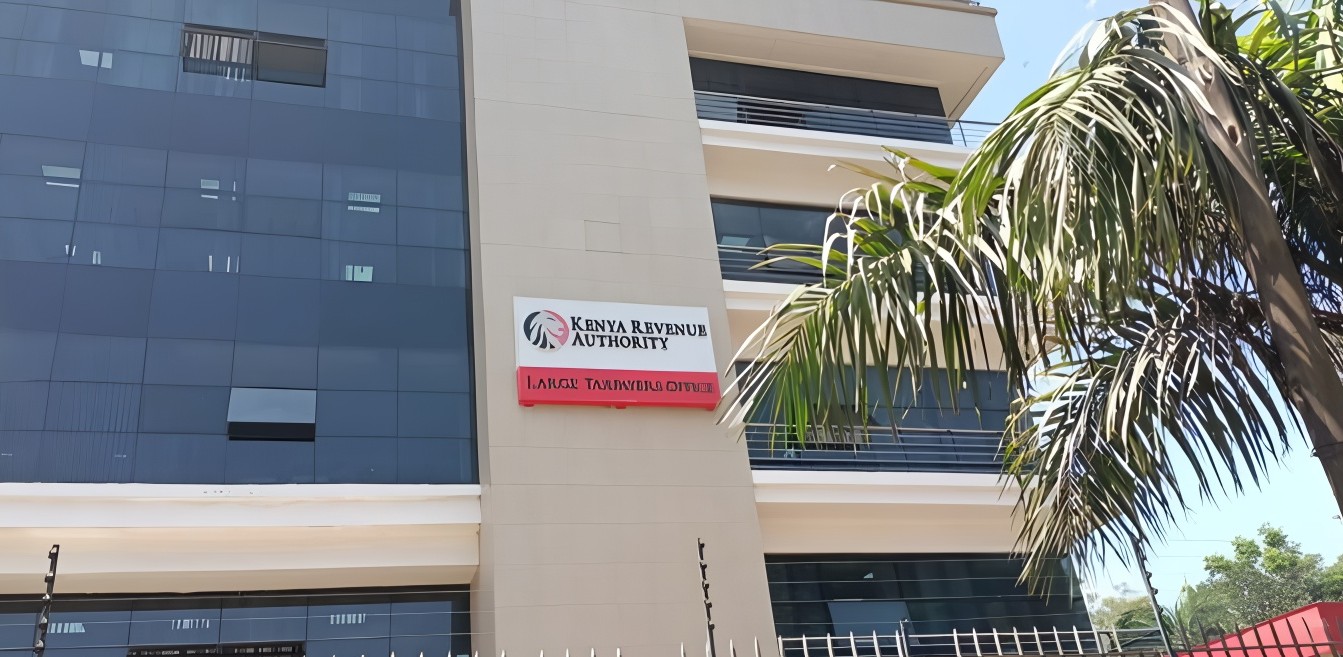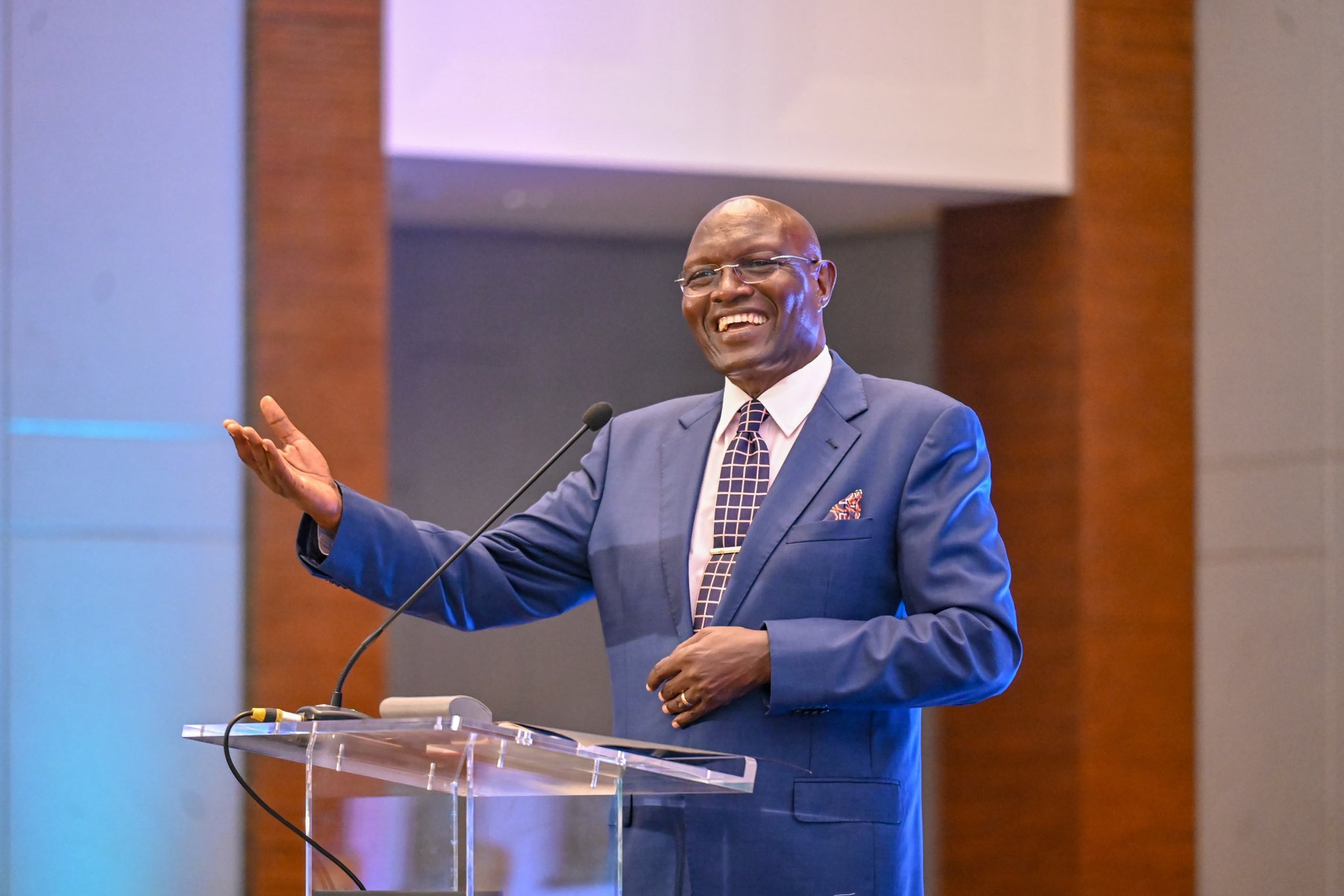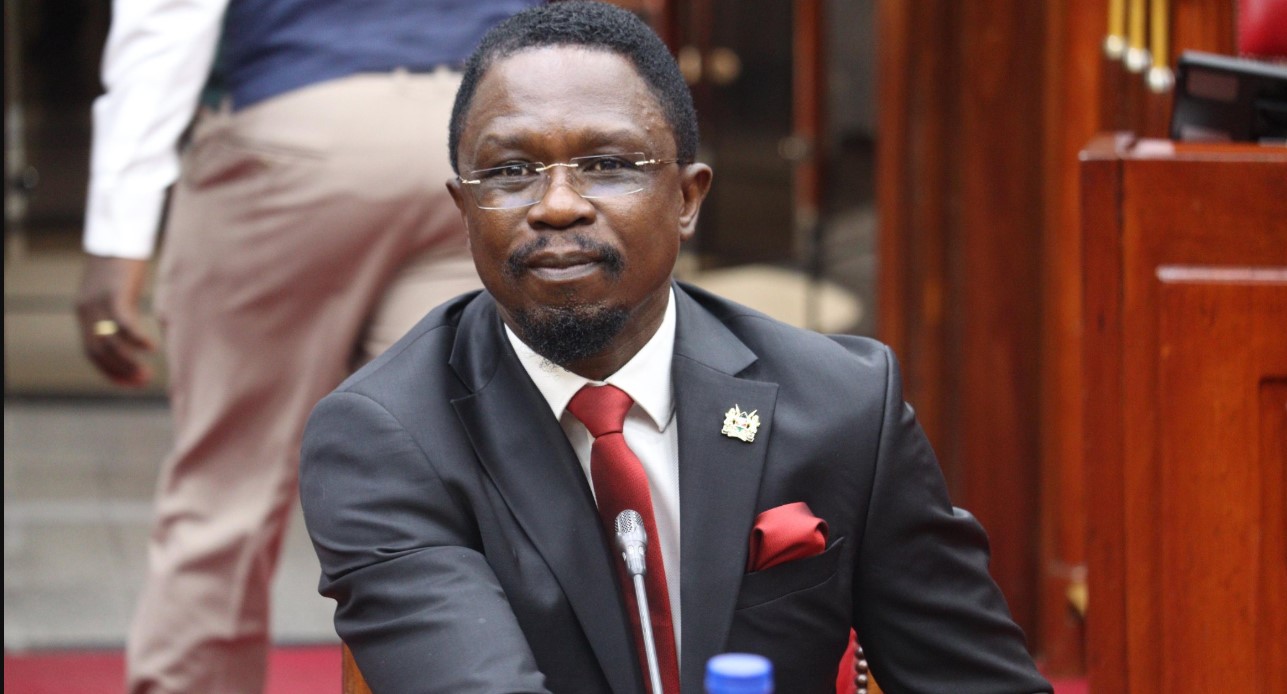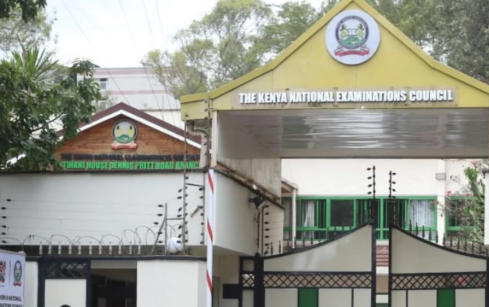Outrage over planned construction of Sh1.2 billion church at State House
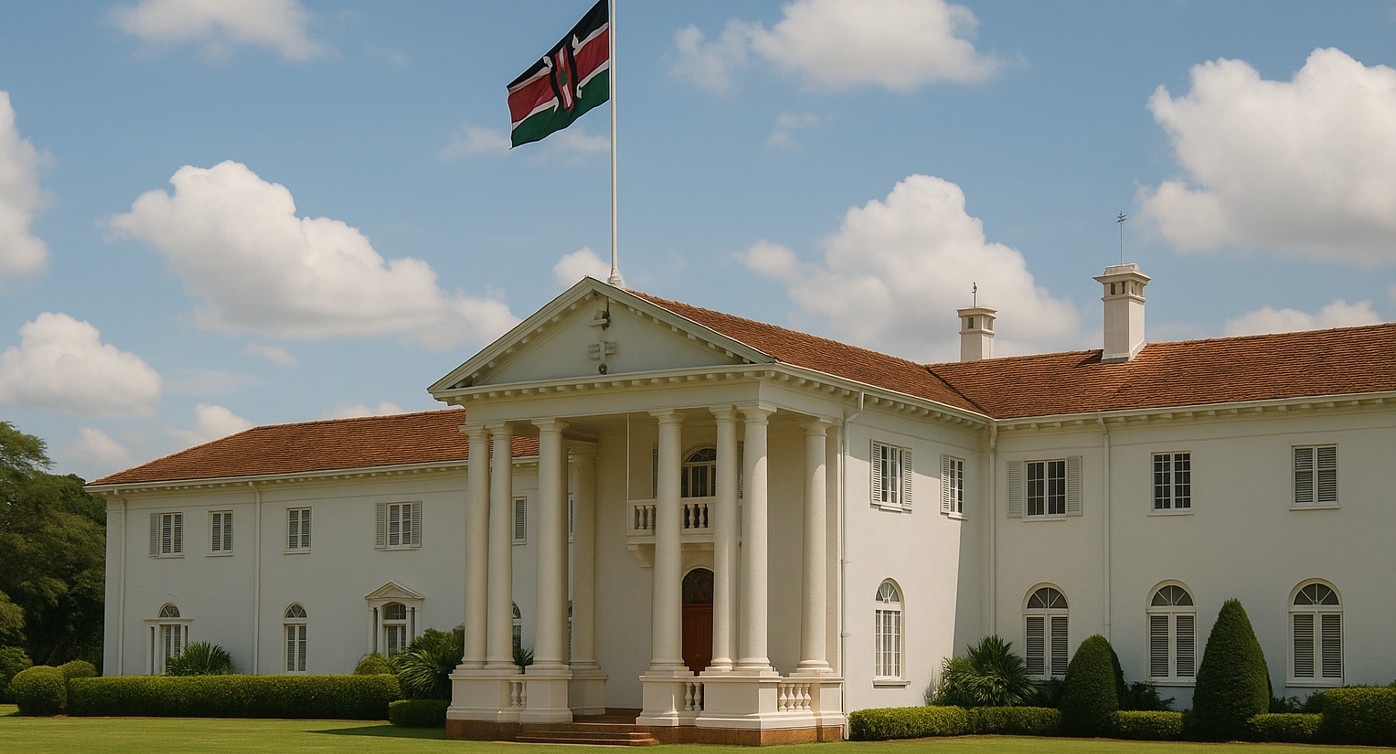
While it remains unclear whether the entire cost will be footed by taxpayers, the revelation has sparked widespread criticism from Kenyans and political leaders who have questioned the government’s priorities.
President William Ruto is facing intense public backlash following reports that his administration is planning to construct an 8,000-seater church within the State House compound at Sh1.2 billion.
A report by the Daily Nation on Friday revealed that the planned structure will feature large stained-glass windows and prominent crosses, with the design indicating a full-scale religious facility.
More To Read
- Why I have no apologies to make for building church at State House -Ruto
- Enough is enough! Man lashes out at DCI in court over blogger Ndiang’ui Kinyagia's disappearance
- Police seek to detain two men arrested over post calling for State House's occupation
- Why I was against march to State House - Busia Senator Okiya Omtatah
- Police warn Gen Z protesters against State House march, cite Protected Areas Act
- State House gets Sh3.7 billion boost in supplementary budget amid austerity concerns
While it remains unclear whether the entire cost will be footed by taxpayers, the revelation has sparked widespread criticism from Kenyans and political leaders who have questioned the government’s priorities.
The development has ignited heated debate online and offline. Many Kenyans have expressed concern over the need for such a costly project amid a biting economic crisis, rising unemployment, and underfunded public services.
Mumias East Member of Parliament Peter Salasya was among the first leaders to openly criticise the president in a strongly worded statement.
“Mr. President, Kenya is a secular republic. Article 8 of our Constitution spells it out: ‘There shall be no state religion.’ You are not just the leader of Christians. You are also the president of Muslims, Hindus, traditionalists, atheists, and every other belief system in this country,” Salasya wrote.
Salasya accused the president of being detached from the suffering of ordinary citizens and using religion as a cover for poor governance.
“What I see today under your leadership is a government that uses religion to hide behind accountability,” he said.
Lawyer Ndegwa Njiru echoed Salasya’s sentiments, saying the construction project reflects misplaced priorities by the current administration.
“Kenya bleeds, but you chose to turn the statehouse into an active construction site. Talk of an administration with misplaced priorities! From endless statehouse renovations to now constructing a Sh1.2 billion church in State House. Is it because nothing says ‘servant leadership’ like praying in marble while the poor dig graves with bare hands,” Njiru said.
Exiled lawyer Miguna Miguna also condemned the plan, calling for immediate action to stop what he termed “primitive plunder, misuse of office and barbarism.”
Despite the public uproar, State House has not issued an official statement addressing the matter or responding to the growing criticism.
Online reactions have been just as sharp, with many Kenyans questioning the rationale behind spending over a billion shillings on a church instead of addressing urgent issues like healthcare, education, and youth unemployment.
Others cited concerns about the separation of religion and state, pointing to Article 8 of the Constitution, which affirms that Kenya has no state religion.
The planned church is reportedly intended to host national prayer events, interfaith ceremonies, and diplomatic gatherings. However, this has done little to calm the anger and disbelief expressed by sections of the public.
A social media user under the handle The Whisperer summed up the mood:
“8000 seater church in state house at Sh1.2bn. No money for schools. Health care in the pits. GMO food is on the rise. But he needs a church at State House.”
As pressure mounts, Kenyans are demanding transparency and accountability from the highest office in the land regarding the motivation, funding, and necessity of the project.
Top Stories Today

